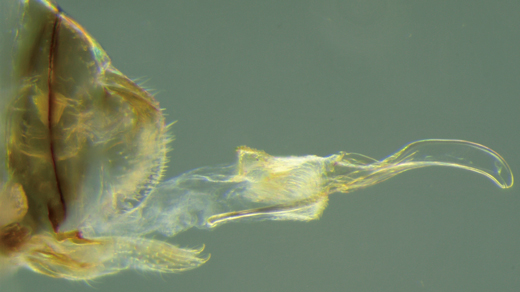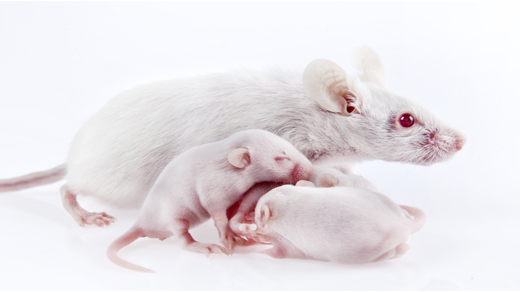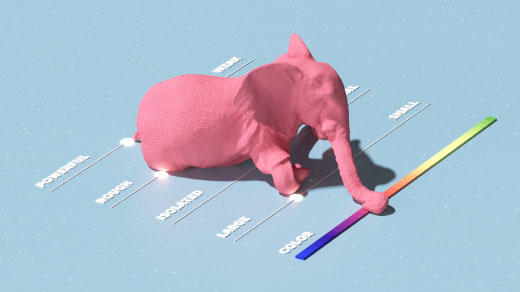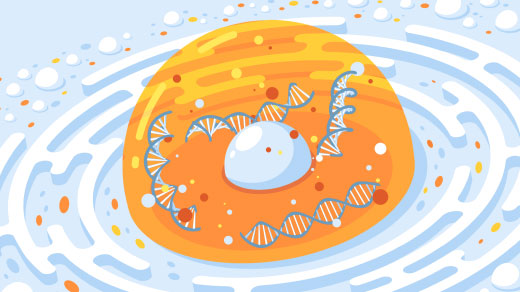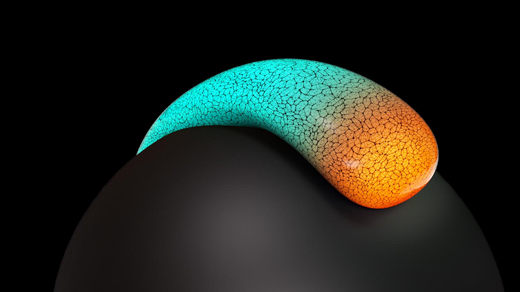Latest Articles
Why Evolution Reversed These Insects’ Sex Organs
Among these cave insects, the females evolved to have penises — twice. The reasons challenge common assumptions about sex.
Gene Drives Work in Mice (if They’re Female)
Biologists have demonstrated for the first time that a controversial genetic engineering technology works, with caveats, in mammals.
The Brain Maps Out Ideas and Memories Like Spaces
Emerging evidence suggests that the brain encodes abstract knowledge in the same way that it represents positions in space, which hints at a more universal theory of cognition.
What Defines a Stem Cell? Scientists Rethink the Answer
As it becomes clear that the body’s cells have more diverse regenerative capabilities than expected, experts have had to reconsider their approach to stem cell research.
Mathematical Simplicity May Drive Evolution’s Speed
Some researchers are using a complexity framework thought to be purely theoretical to understand evolutionary dynamics in biological and computational systems.
In the Nucleus, Genes’ Activity Might Depend on Their Location
Using a new CRISPR-based technique, researchers are examining how the position of DNA within the nucleus affects gene expression and cell function.
Scientists Learn the Ropes on Tying Molecular Knots
As chemists tie the most complicated molecular knot yet, biophysicists create a “periodic table” that describes what kinds of knots are possible.
In the Ticking of the Embryonic Clock, She Finds Answers
Renee Reijo Pera has spent decades uncovering how the timing of embryonic development contributes to health and disease.
‘Traffic Jams’ of Cells Help to Sculpt Embryos
By measuring mechanical forces inside an embryo for the first time, researchers have shown how a physical “jamming” mechanism assists development.

